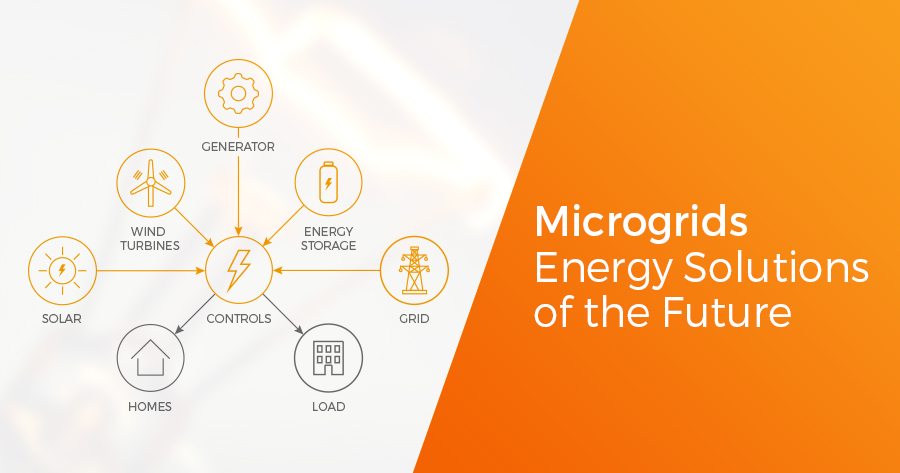
However, should the connection to the main grid become unavailable - after a storm, for example–the residents will benefit from continued solar power as well as the battery backup system. On a typical day, residents will obtain power from the main grid, supplemented by power from their solar panels and the community solar array.

The community is made up of interconnected loads and resources connected to the main electric grid. A portion of the neighborhood is dedicated to a larger community solar array with battery storage. Energy efficient and sustainable features are incorporated throughout building materials. Once fully operational, the site’s 30-plus homes will be equipped with solar panels, demand response water heaters, demand response ecobee programmable thermostats and an option for electric vehicle charging. Located in the eastern North Carolina community of Shallotte and developed in partnership with developer The Adams Group and local electric cooperative Brunswick Electric, Heron’s Nest is the state’s first residential microgrid. The microgrid is also being used as an educational resource for local students and teachers. The goal of this project is to learn more about how a microgrid located on a member’s property can be incorporated into the electric cooperatives’ distribution system, and it also serves as a case study for the ways agribusiness and utilities can work together to develop solutions that are mutually beneficial and support both industries, as well as quality of life in North Carolina’s communities.Ĭomponents of this microgrid include the controller, solar panels, a Samsung battery, biogas generation and a diesel generator. The microgrid became operational in February 2018. The farm has existing generation used to support its power needs during times when service has been interrupted, and it also sells power produced from renewable sources, including swine waste and solar, to its electric cooperative, South River EMC. The Butler Farms microgrid, located in Lillington, NC, is a microgrid project that integrates components owned by North Carolina’s Electric Cooperatives with resources owned by the farm and seeks to incorporate alternative energy sources, including biogas, solar and battery storage.


North Carolina’s electric cooperatives have four active microgrids, with one more in development:



 0 kommentar(er)
0 kommentar(er)
